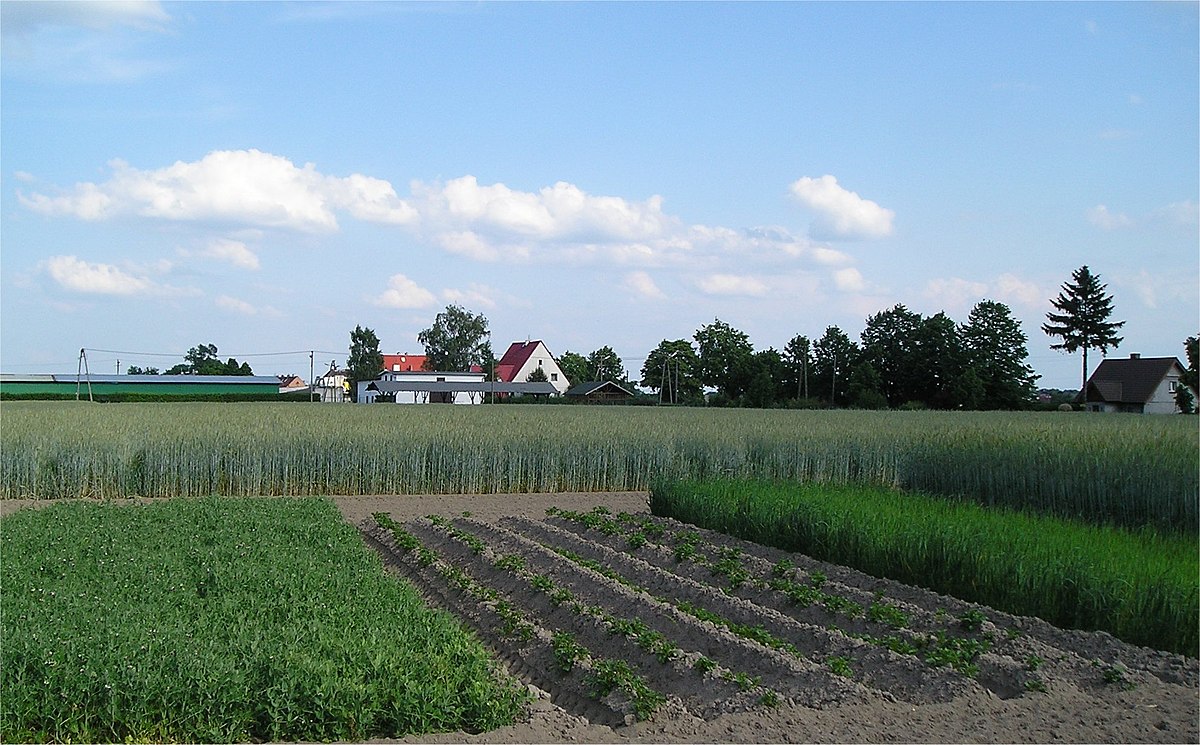So I was reading up on the British Agricultural revolution and it seems the whole point of growing the clovers was to fix the Nitrogen in the soil. But couldn't more useful Legumes have been used instead even if Phosphorus and other nutrients had to be restored?
In short; did clovers have any advantages that other nitrogen fixers didn't have or was it all due to chance that no tried further experimentation?
In short; did clovers have any advantages that other nitrogen fixers didn't have or was it all due to chance that no tried further experimentation?
